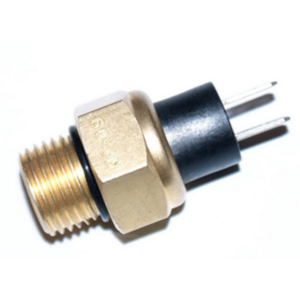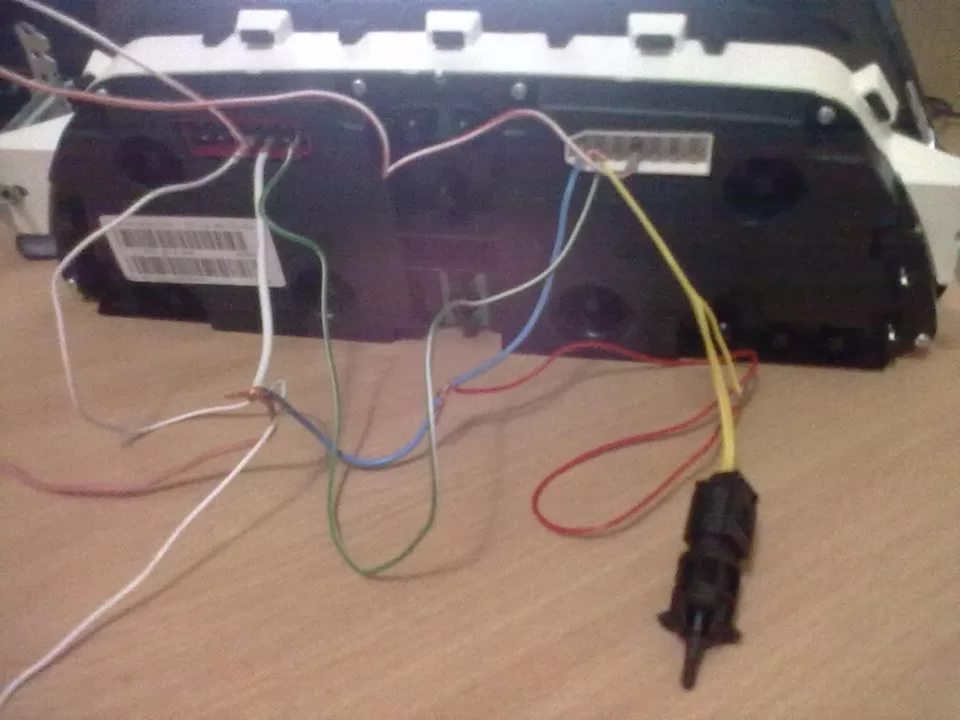
Coolant temperature sensor

The coolant temperature sensor (DTOZH) is not as simple as it might seem at first glance. Many people think that he is only responsible for turning the cooling fan on / off and displaying the coolant temperature on the dashboard. Therefore, in case of engine malfunctions, they do not pay much attention to it. That is why I decided to write this article and talk about all the signs of a DTOZH malfunction.
But first, a little clarification. There are two coolant temperature sensors (in some cases 3), one sends a signal to the arrow on the board, the second (2 contacts) to the controller. Also, we will talk only about the second sensor, which transmits information to the computer.

And so the first sign is a bad start of a cold engine. It just so happens that the engine starts and immediately stalls. More or less works only on gas. After warming up, this problem disappears, why could this happen? The coolant temperature sensor may be giving incorrect readings to the controller. For example, that the engine is already warm (temperature 90+ degrees). As you know, it takes more fuel to start a cold engine than a hot one. And since the ECU “thinks” that the engine is hot, it gives it little fuel. This results in a poor cold start.
The second sign is a poor start of the engine on a hot one. Here everything is exactly the opposite. DTOZH can always give underestimated readings, i.e. "Tell" the controller that the engine is cold. For a cold boot, this is normal, but for a hot one, it is bad. A hot engine will simply fill with gasoline. Here, by the way, error P0172, a rich mixture, may appear. Check the spark plugs, they should be black.
The third sign is increased fuel consumption. This is a consequence of the second sign. If the engine is fueled with gasoline, consumption will naturally increase.
The fourth is the chaotic inclusion of the cooling fan. The motor seems to be running normally, only the fan can sometimes turn on for no reason. This is a direct signal of a malfunction of the coolant temperature sensor. The sensor may give intermittent readings. That is, if the actual coolant temperature has increased by 1 degree, then the sensor can “say” that it has increased by 4 degrees, or not respond at all. Thus, if the fan temperature is 101 degrees and the actual coolant temperature is 97 degrees (running), then by jumping 4 degrees, the sensor will "tell" the ECU that the temperature is already 101 degrees and it's time to turn on the fan.
Even worse, if the opposite happens, the sensor can sometimes under-read. It is possible that the coolant temperature has already reached the boiling point and the sensor will “say” that the temperature is normal (for example, 95 degrees) and therefore the ECU will not turn on the fan. Therefore, the fan may turn on when the motor has already boiled or not turn on at all.
Checking the coolant temperature sensor
I will not give tables with the resistance values of the sensors at a given temperature, since I consider this method of verification not entirely accurate. The simplest and fastest check of DTOZH is to simply remove the chip from it. The engine will go into emergency mode, the fan will turn on, the fuel mixture will be prepared based on the readings of other sensors. If at the same time the engine began to work better, then it is definitely necessary to change the sensor.

For the next check of the coolant temperature sensor, you will need a diagnostic kit. First: you need to check the temperature readings on a cold engine (for example, in the morning). Readings should be at room temperature. Please allow a slight error of 3-4 degrees. And after starting the engine, the temperature should rise smoothly, without jumps between readings. Those if the temperature was 33 degrees, and then suddenly became 35 or 36 degrees, this indicates a sensor malfunction.

